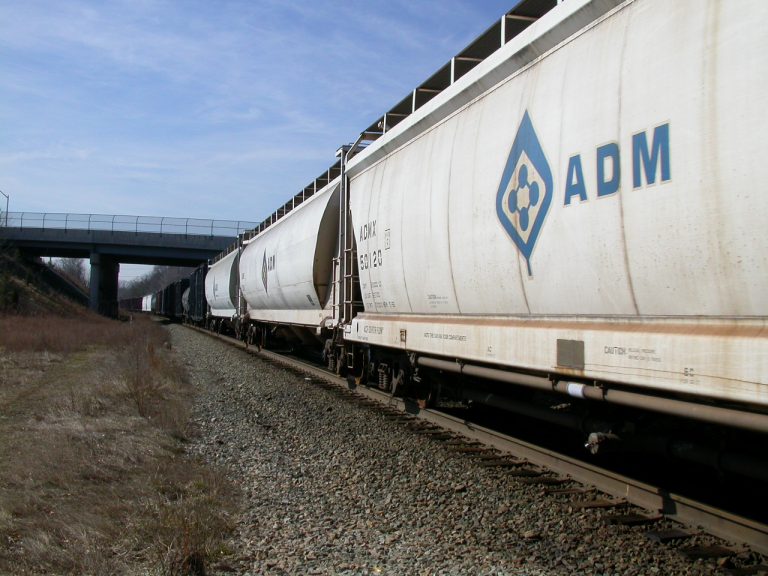describes technological advancements in safety and control to further automate train functions and reduce the presence of staff onboard or elsewhere. Its progress is described in Grades of Automation (GoA), where with an increased number from 0 to 4, the train becomes more autonomous and less human effort is needed to run it.
There are many examples of various levels of GoA existing in the railway world, including the most advanced GoA 4Typically, such narratives involve a specific case description, comparison to existing solutions, technical overview, gains from using innovative technology and a traditional paragraph concerning staff and one summarising reducing costs. For urban high-capacity cases, a quick calculation shows how much capacity is gained by reducing headways or due to any other automation-related efficiency improvements including acceleration, braking, cruising, stopping time, or other.
One of the biggest failures of ATO research, is that these solutions mostly involve new railway lines which often work in seclusion from the rest of the railway network and where all rolling stock operates with the same GoA. Clearly, to achieve a widespread adoption of ATO more attention is needed for solving problems with the existing network. These can be divided into three categories of challenges:
- Rolling stock
- Infrastructure
- Dispatching and control systems



